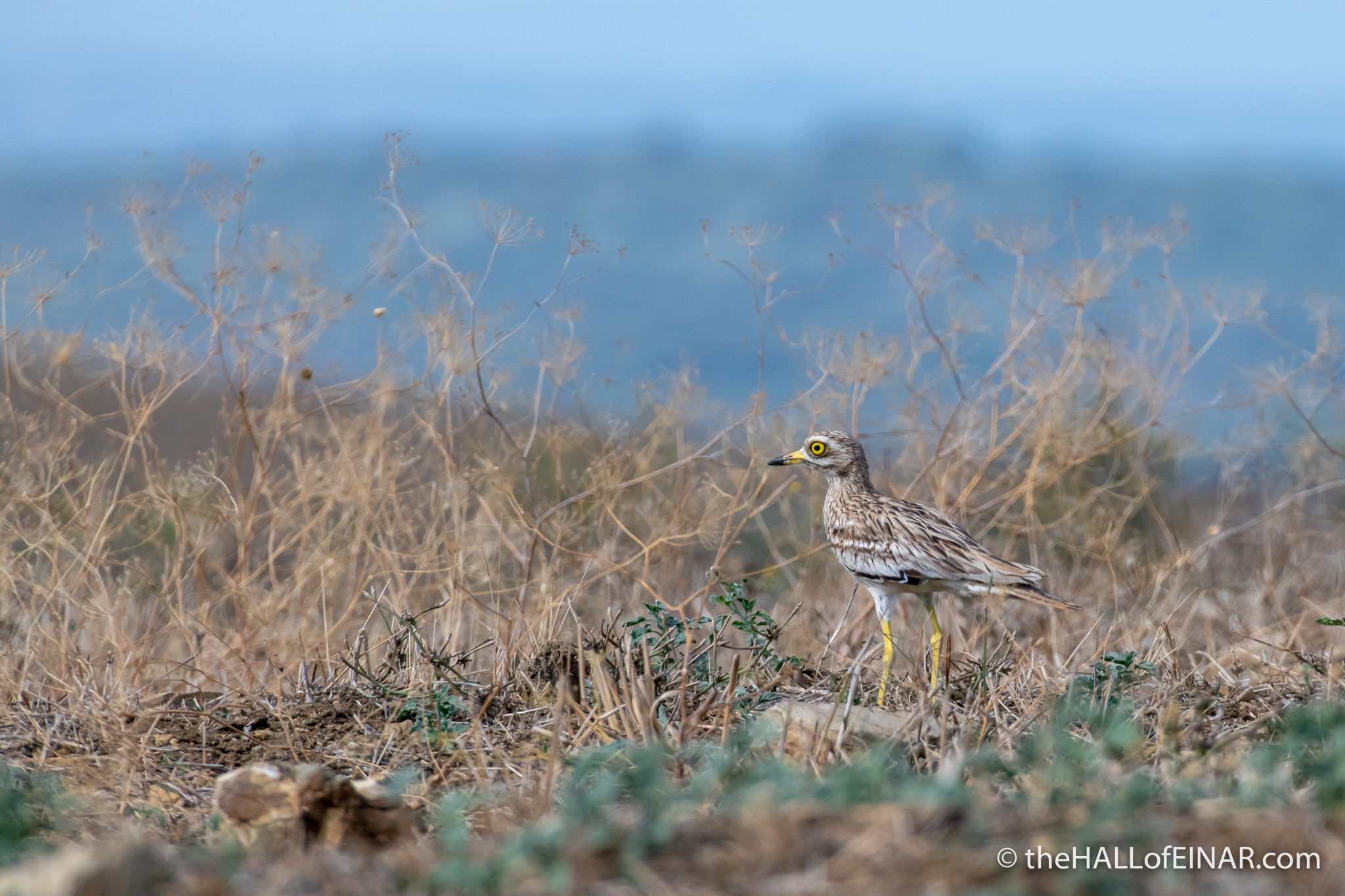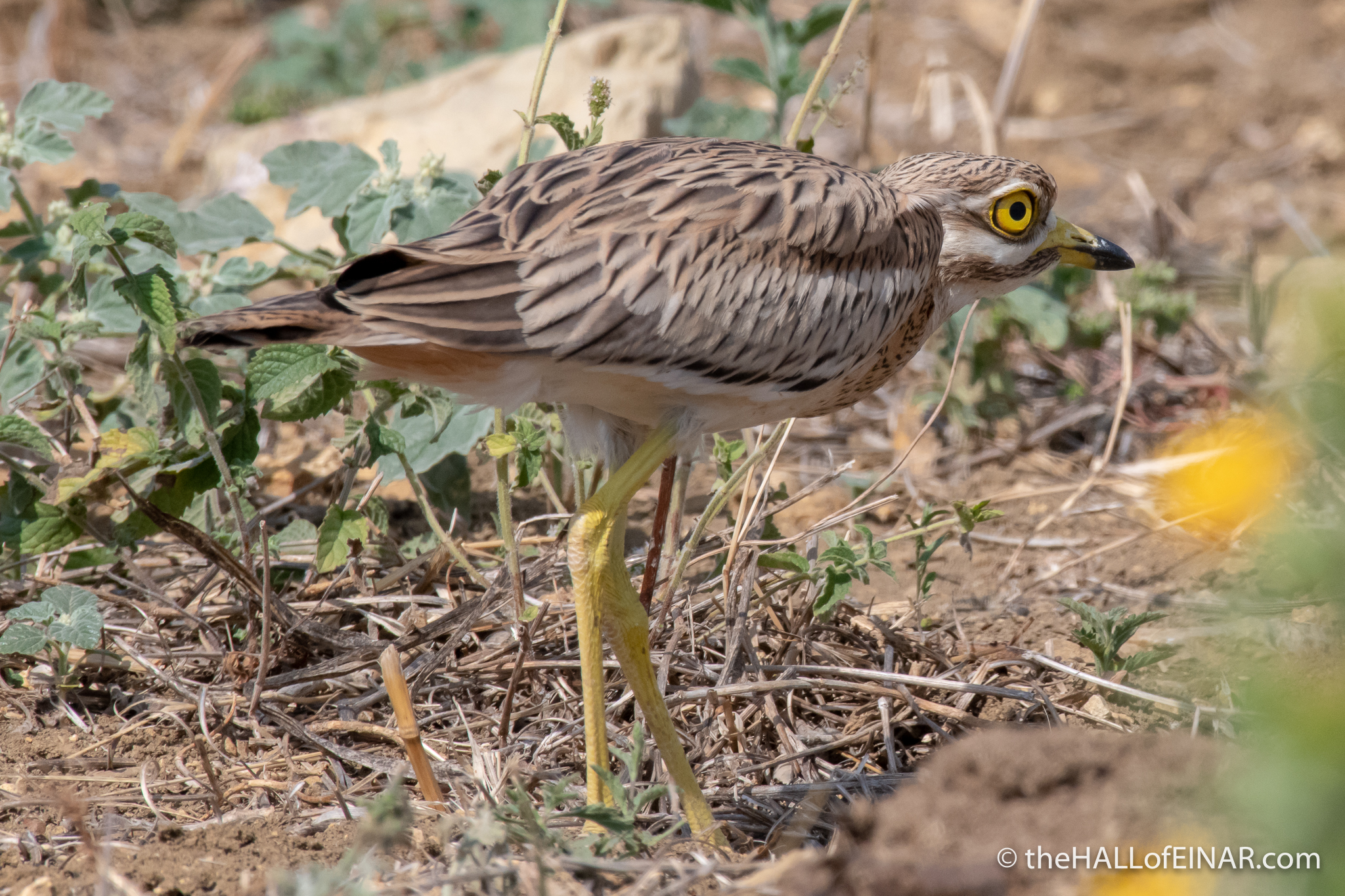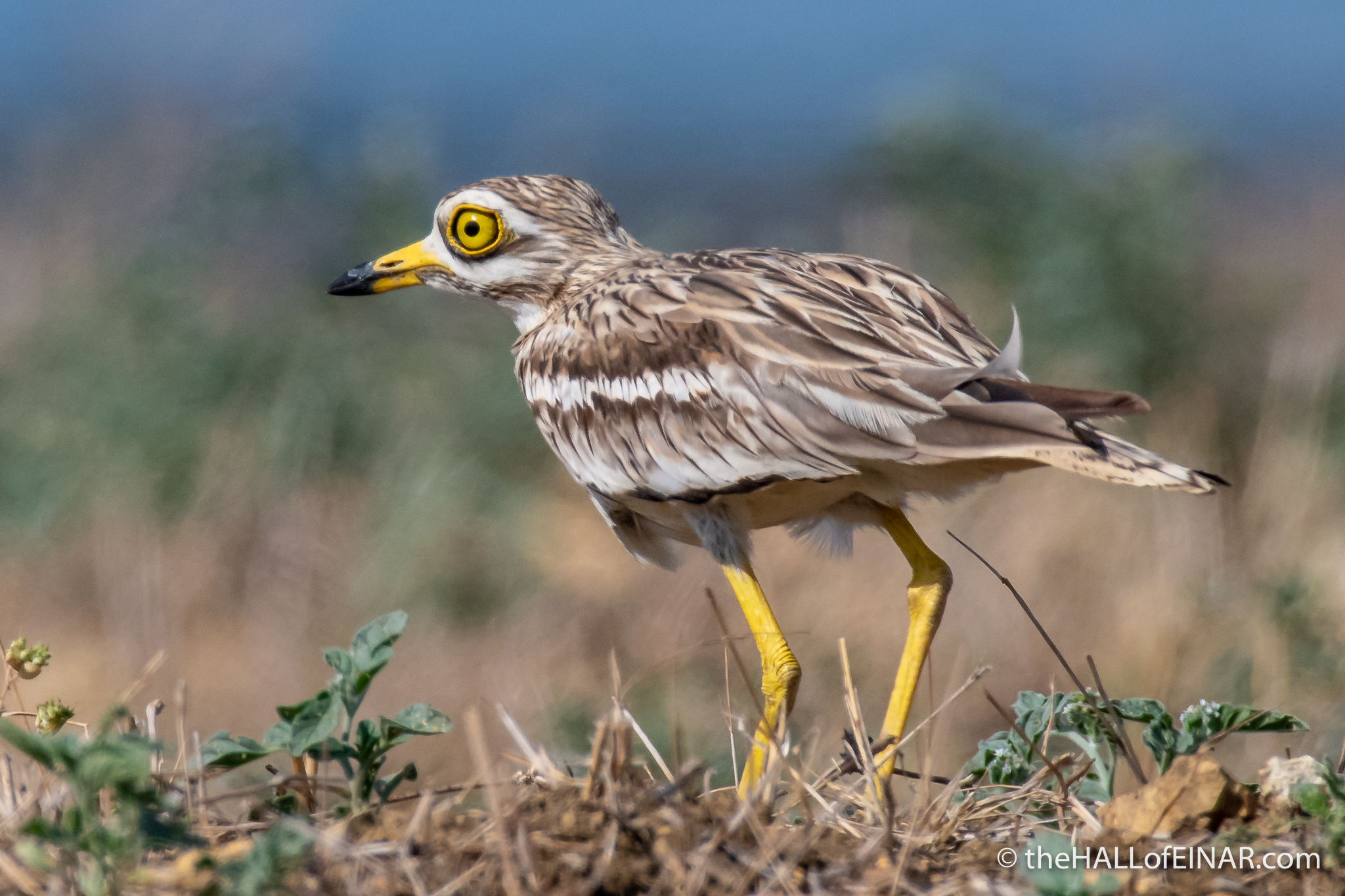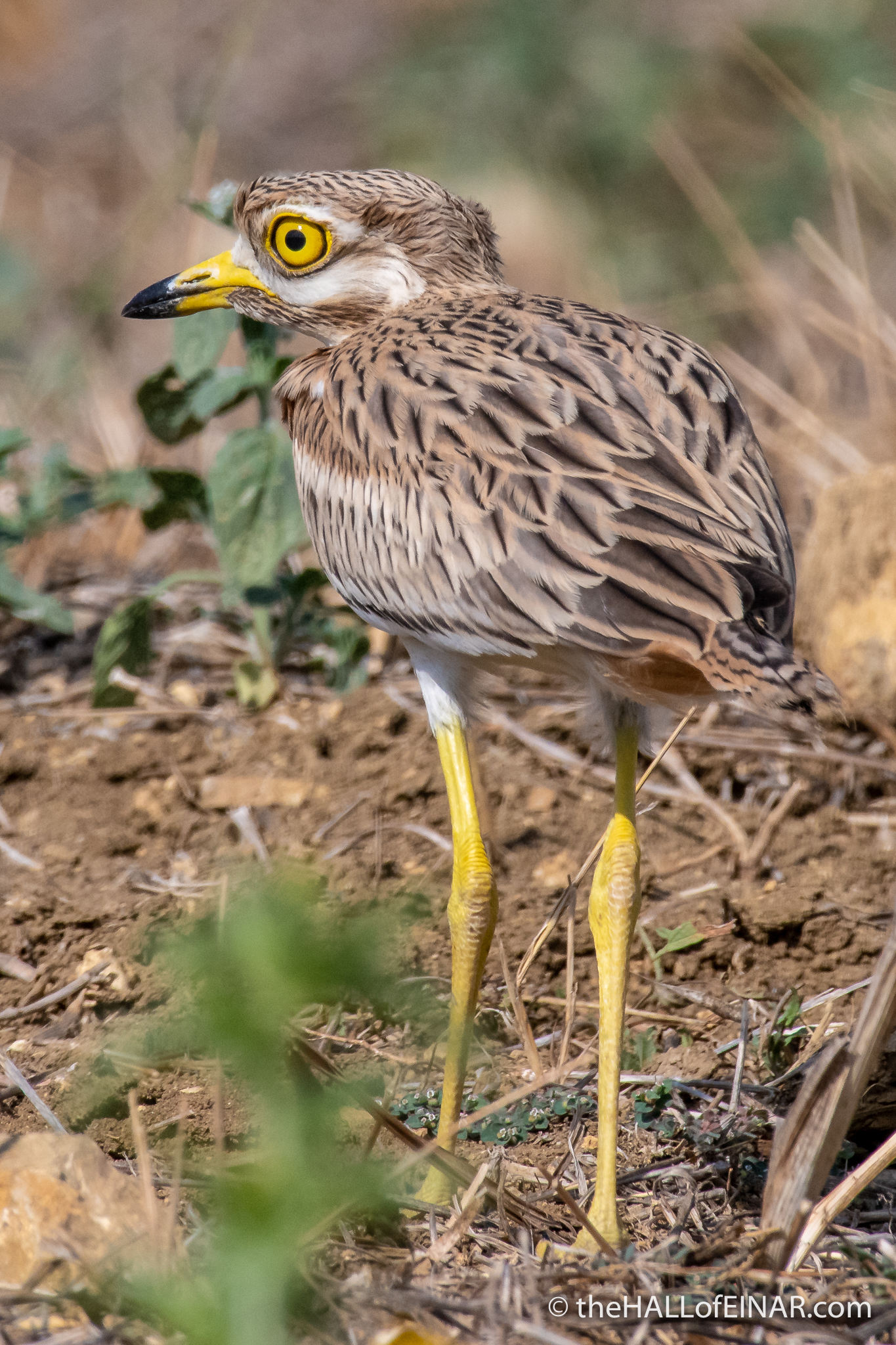Stone hearts and Stone Curlews
We’re driving around Tarquinia in Italy. Our guide is our new friend Paolo, an incredibly enthusiastic and endlessly patient local birder. He’s a fabulous photographer and it’s a privilege to have him as our guide. He speaks no English. I speak embarrassingly little Italian.
As he drives us around Monte Romano with the windows down in over 30 degree heat I spot an unfamiliar bird’s head:
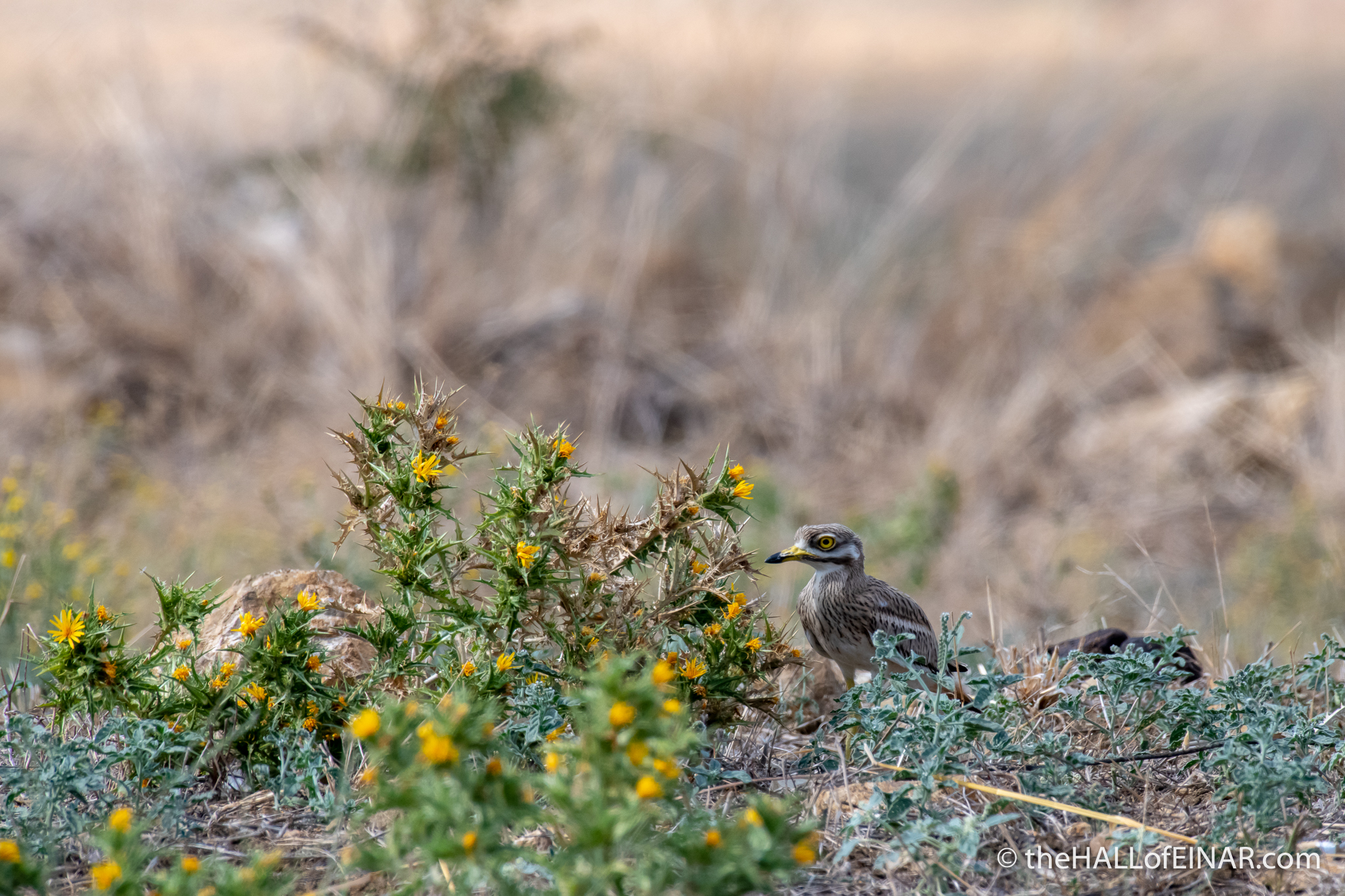
“Bird,” I shout, wishing I’d shouted “Uccello”. I know the profile of that head. I take a photograph and show the back of my camera to Paolo and the Puffin Whisperer.
“Occhione!” he cries, beside himself with excitement. His camera is out and he’s shooting for all he’s worth.
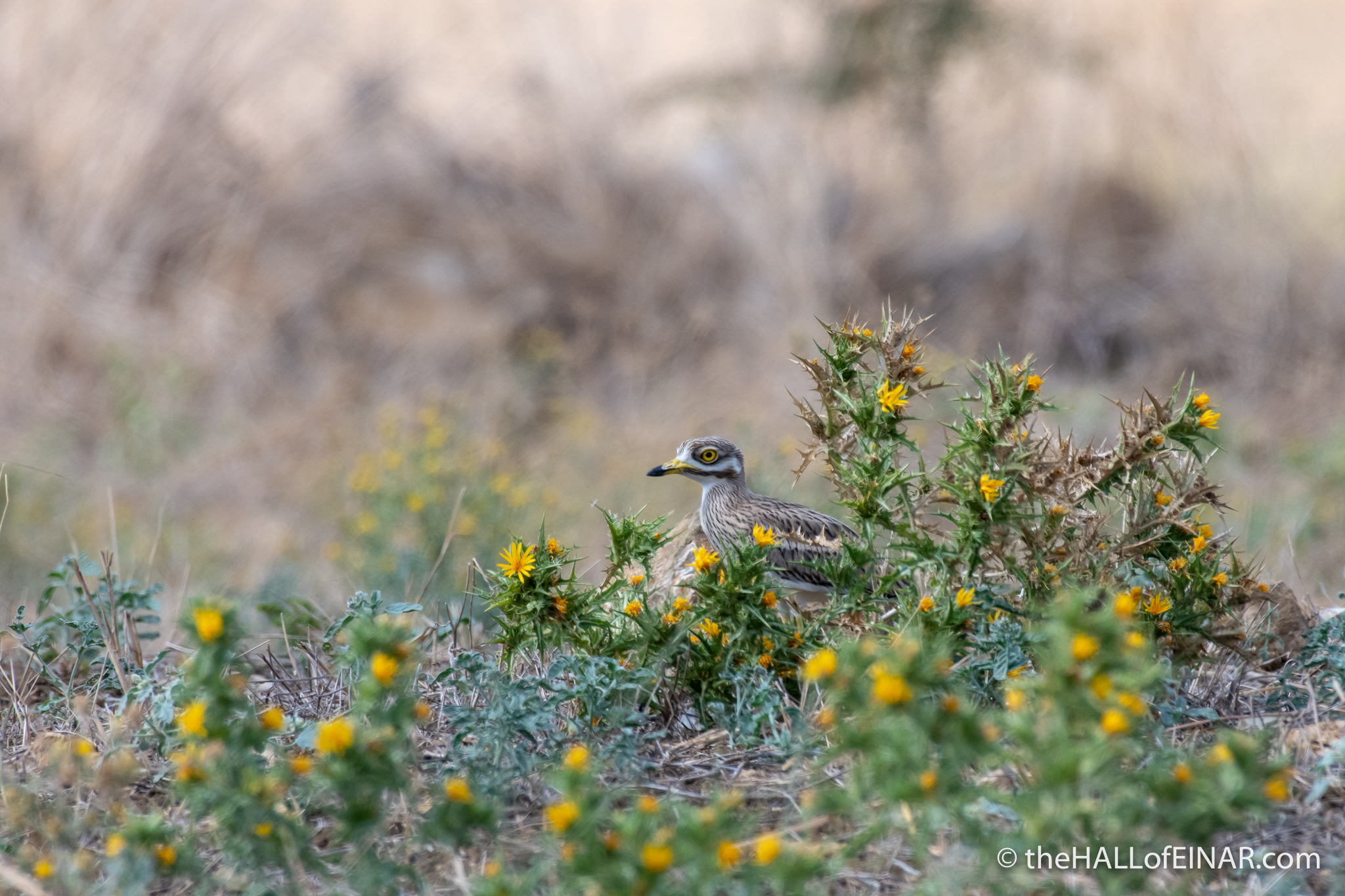
“It looks like a Stone Curlew”, I say. I try translating Stone Curlew into Italian using Google Translate. “Chiurlo di pietra” it says. That’s a literal translation of Stone Curlew into Italian: Curlew of Stone. Italians definitely structure their language the round way wrong.
“Occhione”, says Paolo as he drives across the field boundary and bounces the car over the rocks and sods until we’re close:
There’s not just one. There are two. One’s crouched amongst the rocks. I search for “Occhione” using my phone. Eurasian Stone Curlew, it says
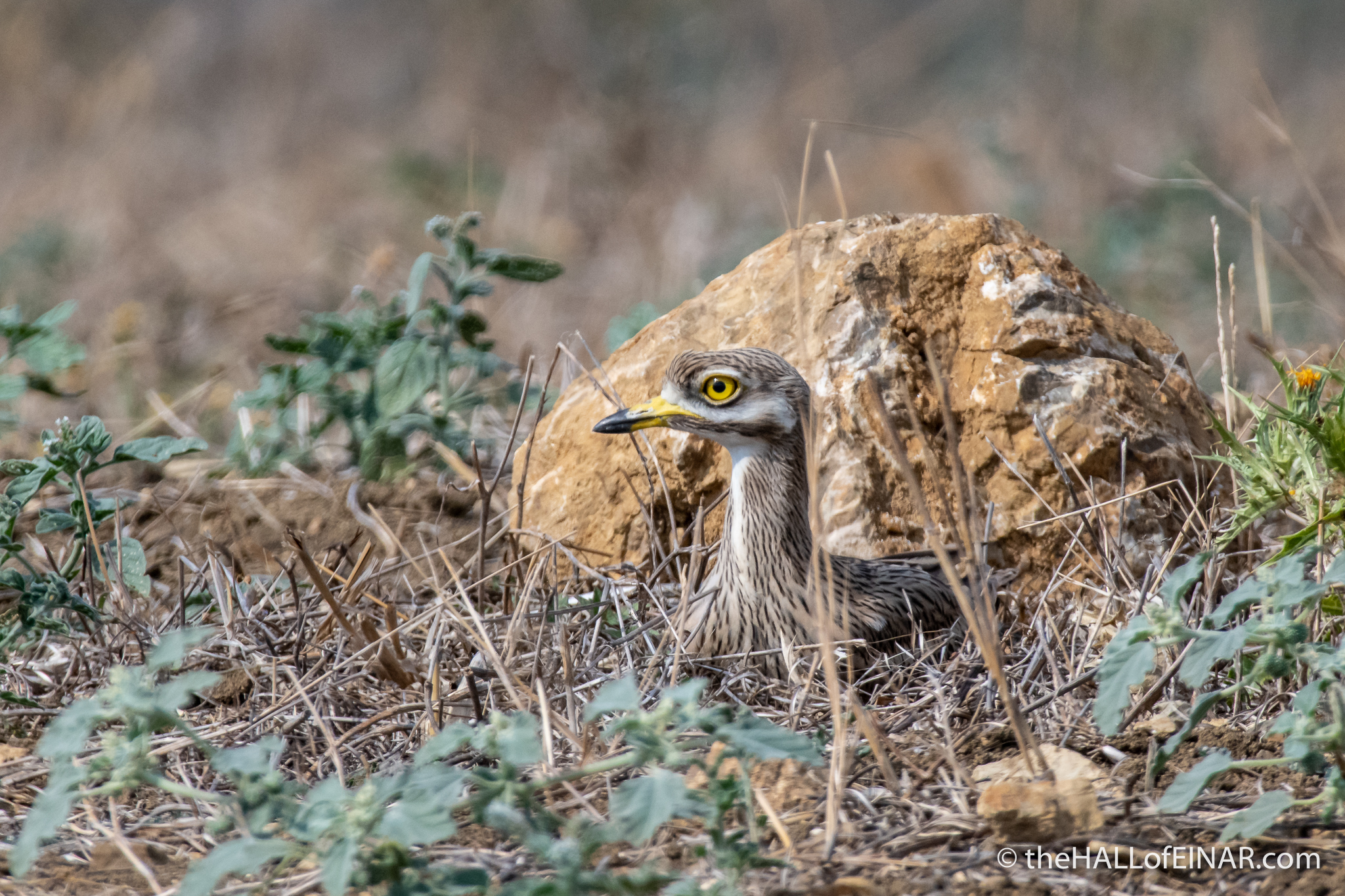
What a fabulous bird. I’ve only ever seen one before at Paignton Zoo, where they had just one random bird in their Desert exhibit.
It’s a native British bird but has suffered severe decline, along with all the rest of our native wildlife. The main reasons are habitat destruction and changes in farming practice. They live in open fields, which are now full of autumn-sown crops, and nest in areas where they are routinely minced by agricultural machinery.
They are members of the Thick-Knee family of birds, the only species of the family in the UK. That must be why they seem so strange to us. There’s nothing else like Burhinus oedicnemus in the UK.
We have 400 pairs left in the UK. That’s pathetic, isn’t it?
We drive a little closer, yet still at a safe distance, with three telephoto lenses hanging out of the car windows:
As we watch them we suddenly realise there are three of them. One of them rises unsteadily on its strange ankles (they’re ankles, not knees, that’s why they face backwards) and performs the strangest behaviour I’ve seen since a Ringed Plover pretended to have a broken wing in front of me.
It begins to walk away from us with the slowest possible creeping movement. It’s barely perceptible. It looks hilarious with its huge yellow legs moving ever-so-slowly. It gets just a few metres away and then suddenly runs for it.
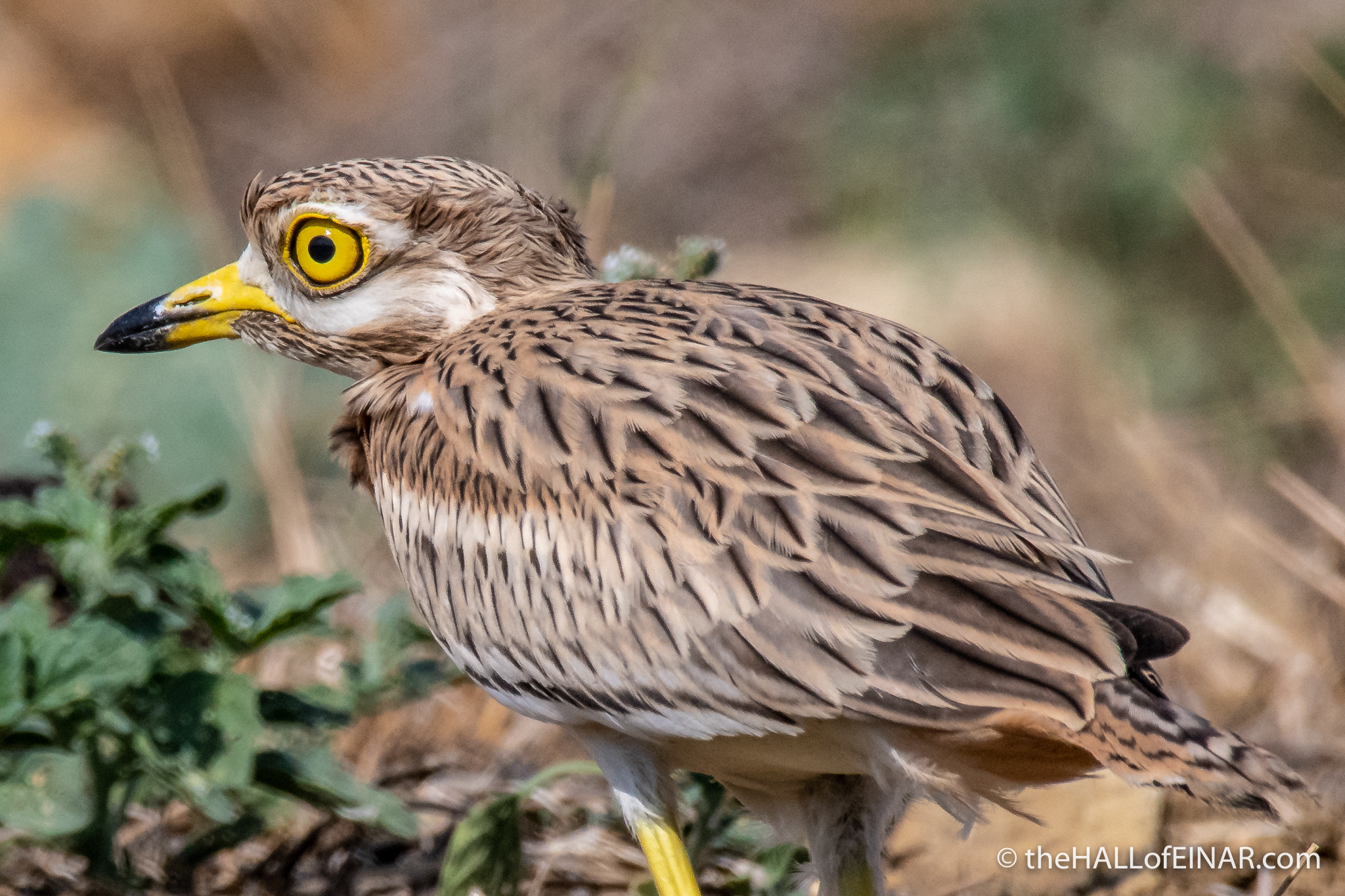
Occhione. Big eyes. Yes, its eyes are spectacular. Paolo’s delighted I’ve spotted it.
So am I.
